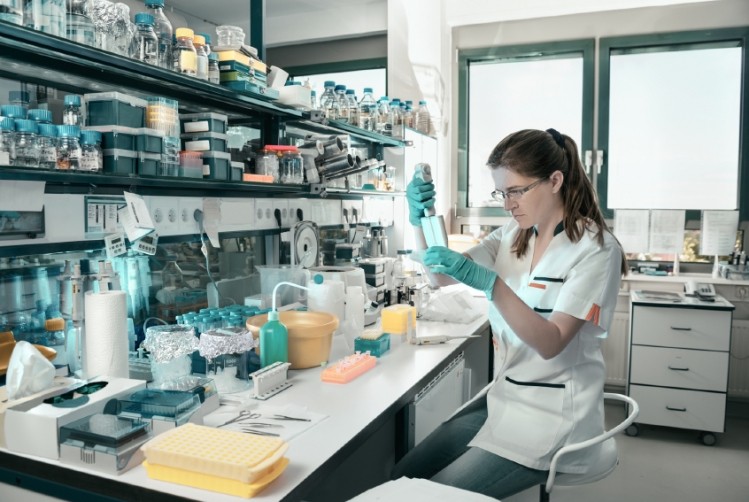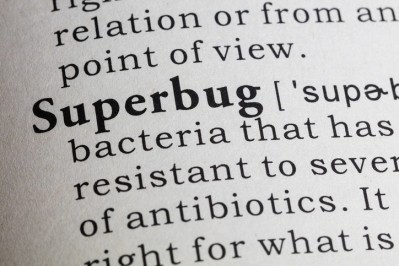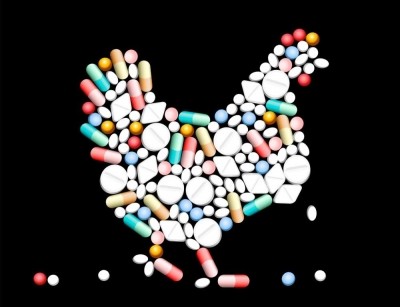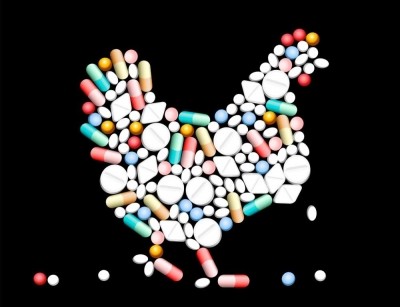Researchers look to genetic sequencing to see if feed antibiotics contribute to resistance

The three-year study, led by researchers at Colorado State University, has been enabled by recent advances in DNA sequencing technology and funding to the tune of $2.25 million from the US Department of Agriculture (USDA).
The researchers want to determine where antibiotic-resistant bacteria originate and how they move through the food chain and environment to people. In doing so, they hope to provide insights into the role of production agriculture - and specifically, the practice of including antibiotics in feed rations - in antimicrobial resistance (AMR).
“Very little is known about where resistance originates and how resistant genes move through the food system. We have much greater knowledge about some foodborne pathogens, and some of these have important resistance phenotypes, but there is almost no published research regarding resistance genes in the larger microbial community. This is the target of our research efforts,” Dr Paul Morley, Colorado State University vet and infectious disease expert, told FeedNavigator.
Livestock production scapegoated in AMR debate
Food-animal production has been blamed for contributing to antimicrobial illness, but Dr Morley said these suspicions were not well founded in science.
“It is often presumed de facto that science has proven that all antimicrobial uses in animals cause damaging promotion of AMR, and that increases in resistance prevalence must be caused in some way by AMD (antimicrobial drug) exposures, that all AMD exposures in animals are harmful to humans, and that all AMR is in its essence caused by human actions,” he said.
Whilst he concedes that all or some of these ideas may be true, he points out that none have been proved conclusively.
“We cannot ignore the basic evolutionary construct that resistance tends to become more common as bacterial populations are exposed to AMD, but it is clear that this is not a simple process and we must take a broader ecological perspective in our research and our interventions if we are to be successful at studying and preventing the impacts of antimicrobial resistance… The use of advanced genetic sequencing will allow us to perform these more complex ecological investigations,” he said.
Keeping an open mind
With this in mind, Dr Morley said the scientists were going into the project with no preconceptions about the role of production agriculture in antibiotic resistance.
“We are very open about which practices might be harmful versus those that will have no effect, or are even beneficial in terms of the presence of important resistance genes,” he said.
The project, which will run from 2015 through to 2017, will use DNA sequencing technology to trace genes that cause resistance in bacteria. This will allow the researchers to determine sources and paths, including how and whether antimicrobial-resistant bugs move from livestock to humans.
“We will be conducting eight research projects. These will examine various agriculture production practices, most notably use of antimicrobial drugs in cattle. The principle outcomes for these projects will be the type, amount and diversity of these genes as we examine different parts of the production system,” explained Dr Morley.
He added that the team would also be working to identify ‘DNA fingerprints’ of the various resistance genes, as these would provide clues as to the evolutionary drivers and the sources of these genes.
The results would be published throughout the funding period, he said.
Partners on the project include the Colorado School of Public Health, University of Colorado Health Sciences Center, Public Health Agency of Canada and USDA’s Animal and Plant Health Inspection Service.














